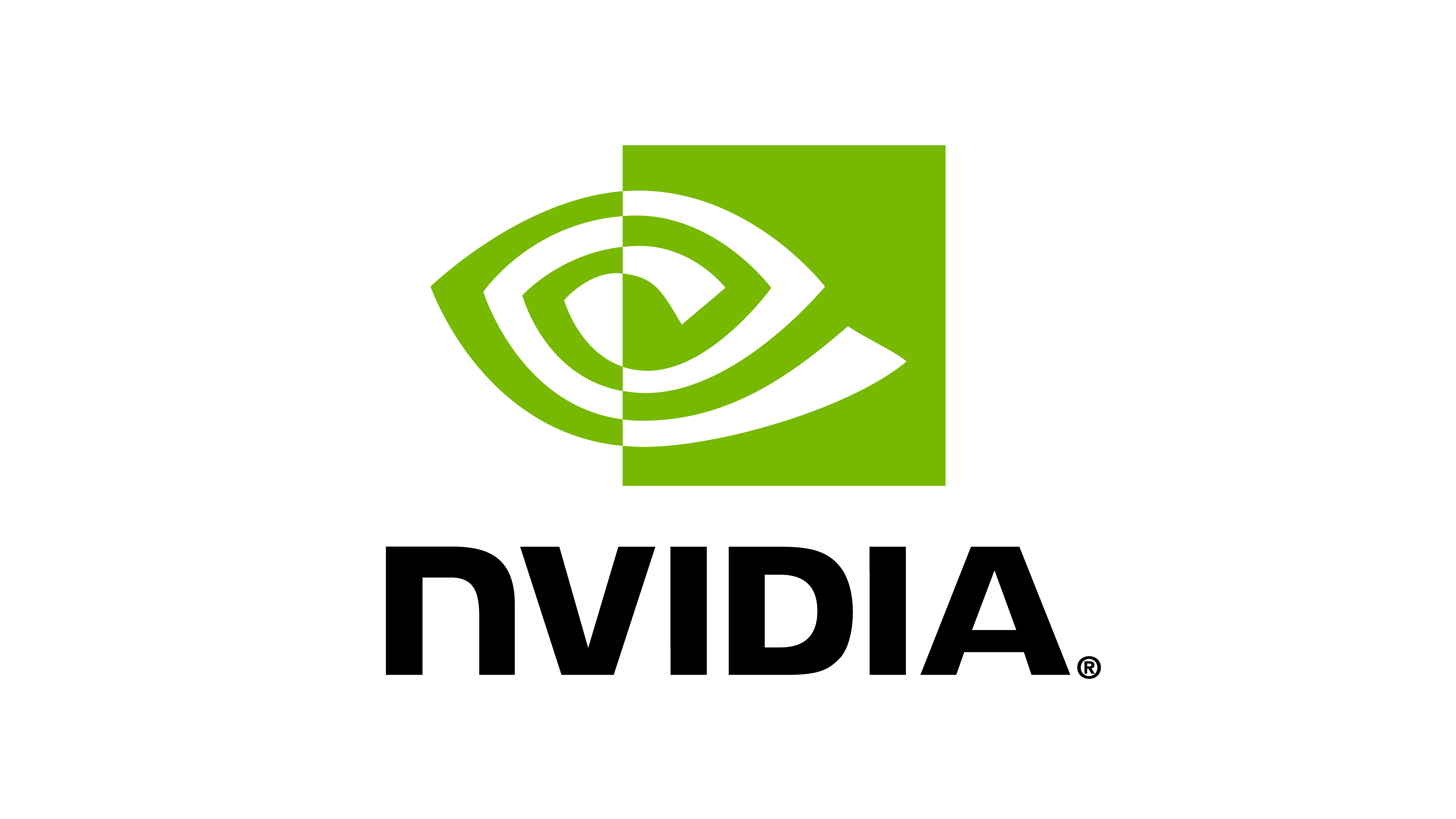录制仿真动画#
Isaac Lab支持两种记录物理仿真动画的方法: 场景录制器 和 OVD录制器 。两者都会生成可以在Omniverse中回放的USD输出,但它们在工作方式和使用场景上略有不同。
场景录制器 扩展监听在仿真过程中场景上所有运动和 USD 属性更改,并将其记录为 时间采样数据 。 最终结果是一个 USD 文件,只捕捉动画更改—**而不是**完整的场景—并且在记录时与原始场景的层次结构相匹配。这使得将其作为子图层进行播放或渲染变得更容易。
这种方法通过 BaseEnvWindow 内置在 Isaac Lab 的UI中。然而,为了记录仿真的动画,您需要禁用 Fabric ,以允许读取和写入所有更改(比如运动和USD属性)到USD场景。
OVD Recorder 旨在为更具可扩展性或自动化的工作流程而设计。它使用 OmniPVD 来捕获从播放场景中仿真的物理效果,然后直接将其“烘焙”到一个动画 USD 文件中。它支持 Fabric 功能,并可以通过 CLI 参数运行。通过在时间轴窗口中拖动来快速重播和查看动画 USD,无需进行昂贵的物理仿真操作。
备注
Omniverse 仅支持在 USD prim 上进行 物理仿真 或 动画播放 ,不可同时进行。对希望进行动画的 prim 禁用物理效果。
场景录制器#
在 Isaac Lab 中,场景记录器集成到 BaseEnvWindow 类中。这是捕捉物理仿真的最简单方式,并直接通过 UI 运行。
要记录,必须禁用 Fabric——这样才能让记录器跟踪 USD 的更改并将其写出。
场景录制器设置#
Isaac Lab 在 base_env_window.py 中使用明智的默认设置设置场景记录器。如果需要,您可以通过在 Omniverse Create 中直接使用场景记录器扩展来覆盖或检查这些设置。
在 base_env_window.py 中使用的设置
1 def _toggle_recording_animation_fn(self, value: bool):
2 """Toggles the animation recording."""
3 if value:
4 # log directory to save the recording
5 if not hasattr(self, "animation_log_dir"):
6 # create a new log directory
7 log_dir = datetime.now().strftime("%Y-%m-%d_%H-%M-%S")
8 self.animation_log_dir = os.path.join(os.getcwd(), "recordings", log_dir)
9 # start the recording
10 _ = omni.kit.commands.execute(
11 "StartRecording",
12 target_paths=[("/World", True)],
13 live_mode=True,
14 use_frame_range=False,
15 start_frame=0,
16 end_frame=0,
17 use_preroll=False,
18 preroll_frame=0,
19 record_to="FILE",
20 fps=0,
21 apply_root_anim=False,
22 increment_name=True,
23 record_folder=self.animation_log_dir,
24 take_name="TimeSample",
25 )
26 else:
27 # stop the recording
28 _ = omni.kit.commands.execute("StopRecording")
29 # save the current stage
30 source_layer = self.stage.GetRootLayer()
31 # output the stage to a file
32 stage_usd_path = os.path.join(self.animation_log_dir, "Stage.usd")
33 source_prim_path = "/"
34 # creates empty anon layer
35 temp_layer = Sdf.Find(stage_usd_path)
36 if temp_layer is None:
37 temp_layer = Sdf.Layer.CreateNew(stage_usd_path)
38 temp_stage = Usd.Stage.Open(temp_layer)
39 # update stage data
40 UsdGeom.SetStageUpAxis(temp_stage, UsdGeom.GetStageUpAxis(self.stage))
41 UsdGeom.SetStageMetersPerUnit(temp_stage, UsdGeom.GetStageMetersPerUnit(self.stage))
42 # copy the prim
43 Sdf.CreatePrimInLayer(temp_layer, source_prim_path)
44 Sdf.CopySpec(source_layer, source_prim_path, temp_layer, source_prim_path)
45 # set the default prim
46 temp_layer.defaultPrim = Sdf.Path(source_prim_path).name
47 # remove all physics from the stage
48 for prim in temp_stage.TraverseAll():
49 # skip if the prim is an instance
50 if prim.IsInstanceable():
51 continue
52 # if prim has articulation then disable it
53 if prim.HasAPI(UsdPhysics.ArticulationRootAPI):
54 prim.RemoveAPI(UsdPhysics.ArticulationRootAPI)
55 prim.RemoveAPI(PhysxSchema.PhysxArticulationAPI)
56 # if prim has rigid body then disable it
57 if prim.HasAPI(UsdPhysics.RigidBodyAPI):
58 prim.RemoveAPI(UsdPhysics.RigidBodyAPI)
59 prim.RemoveAPI(PhysxSchema.PhysxRigidBodyAPI)
60 # if prim is a joint type then disable it
61 if prim.IsA(UsdPhysics.Joint):
62 prim.GetAttribute("physics:jointEnabled").Set(False)
63 # resolve all paths relative to layer path
64 omni.usd.resolve_paths(source_layer.identifier, temp_layer.identifier)
65 # save the stage
66 temp_layer.Save()
67 # print the path to the saved stage
68 print("Recording completed.")
69 print(f"\tSaved recorded stage to : {stage_usd_path}")
70 print(f"\tSaved recorded animation to: {os.path.join(self.animation_log_dir, 'TimeSample_tk001.usd')}")
71 print("\nTo play the animation, check the instructions in the following link:")
72 print(
73 "\thttps://docs.omniverse.nvidia.com/extensions/latest/ext_animation_stage-recorder.html#using-the-captured-timesamples"
74 )
75 print("\n")
76 # reset the log directory
77 self.animation_log_dir = None
示例用法#
在独立的 Isaac Lab 环境中,传递 --disable_fabric 标志:
./isaaclab.sh -p scripts/environments/state_machine/lift_cube_sm.py --num_envs 8 --device cpu --disable_fabric
启动后,Isaac Lab UI 窗口将显示一个 "Record Animation" 按钮。点击开始录制。再次点击以停止。
以下文件被保存到 recordings/ 文件夹中:
Stage.usd— 禁用物理的原始场景TimeSample_tk001.usd— 动画(时间采样)图层
要回放:
./isaaclab.sh -s # Opens Isaac Sim
在“Layers”面板中,插入 Stage.usd 和 TimeSample_tk001.usd 作为子图层。现在,当您点击播放按钮时,动画将开始播放。
查看 Omniverse 中的 图层教程 ,了解更多关于图层工作的信息。
OVD Recorder#
OVD 录制器 使用 OmniPVD 来记录仿真数据,并将其直接烘焙到新的 USD 场景中。这种方法更具可扩展性,更适合大规模训练场景(例如,多环境 RL)。
这不是通过用户界面控制的——整个过程是通过命令行标志启用的,并自动运行。
工作流程总结#
用户通过CLI运行 Isaac Lab ,启用动画录制。
Isaac Lab 开始仿真
OVD 数据在仿真运行时记录。
在指定的停止时间,仿真被烘烤成一个输出的USD文件,并关闭IsaacLab。
最终结果是一个完全成型的、独立的 USD 动画
示例用法#
要记录动画:
./isaaclab.sh -p scripts/tutorials/03_envs/run_cartpole_rl_env.py \
--anim_recording_enabled \
--anim_recording_start_time 1 \
--anim_recording_stop_time 3
备注
提供的 --anim_recording_stop_time 应大于仿真时间。
警告
当前,最终录制步骤可以从 [omni.usd] 中输出许多警告日志。这是一个已知问题,可以忽略这些警告消息。
停止时间达到后,文件将保存到:
anim_recordings/<timestamp>/baked_animation_recording.usda
